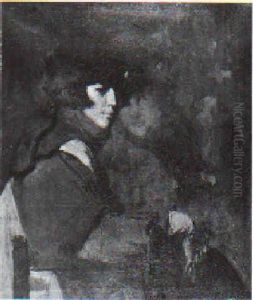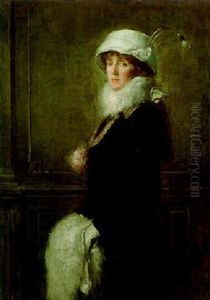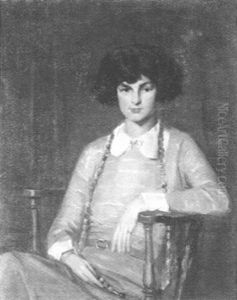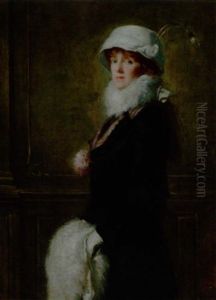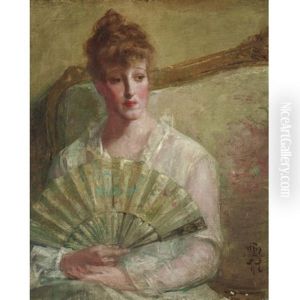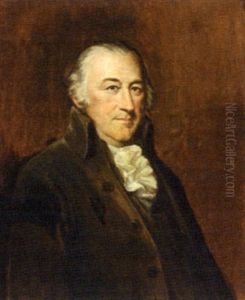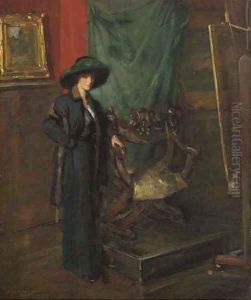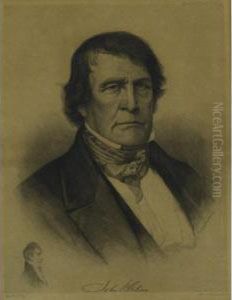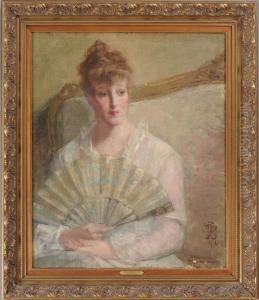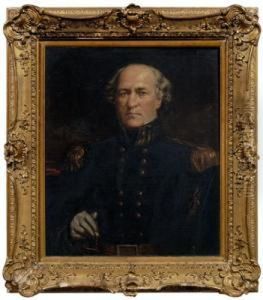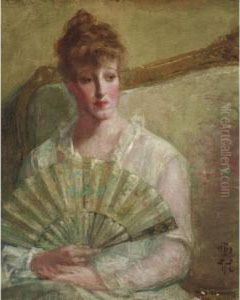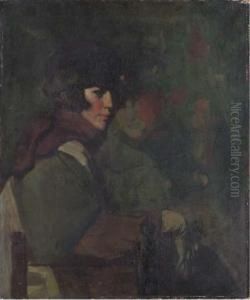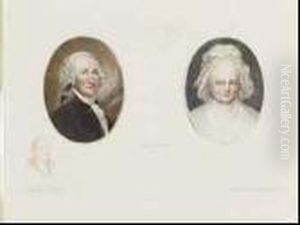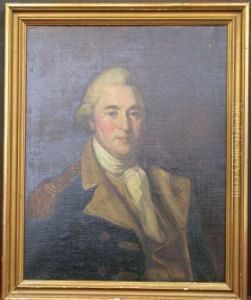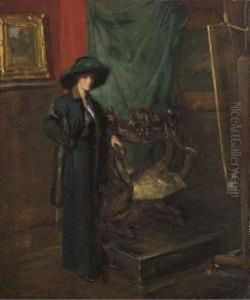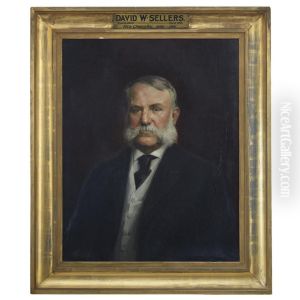Albert Rosenthal Paintings
Albert Rosenthal was an American painter, etcher, and lithographer known for his portraits and print reproductions of famous American figures. Born in Philadelphia, Pennsylvania, on March 25, 1863, Rosenthal came from a lineage deeply embedded in the arts; his father, Max Rosenthal, was a distinguished lithographer, which provided Albert with an artistic environment from an early age. He demonstrated significant artistic talent early on, which led him to pursue formal education in the arts.
Rosenthal's educational journey took him across the Atlantic to Europe, a common practice among American artists of his era seeking comprehensive artistic training. He studied under several prominent artists in Paris and Munich, refining his skills in painting and etching. Upon returning to the United States, Rosenthal established himself in Philadelphia, where he embarked on a successful career as a portrait artist.
He gained notable recognition for his portraits of eminent American figures, including justices of the Supreme Court, presidents, and other significant personalities. Beyond portraiture, Rosenthal's interest in the historical and cultural contributions of these figures led him to create etchings and lithographs that reproduced their likenesses, making them accessible to a broader audience.
Rosenthal's work was celebrated for its meticulous attention to detail and its ability to capture the essence of his subjects. His contributions to American art were recognized not only through the exhibitions of his work but also in the accolades he received throughout his career. Despite his death on June 27, 1939, Albert Rosenthal's legacy endures, with his works held in high regard and preserved in museums and collections across the United States. His life and work provide a fascinating insight into the world of American portraiture and printmaking at the turn of the 20th century.





